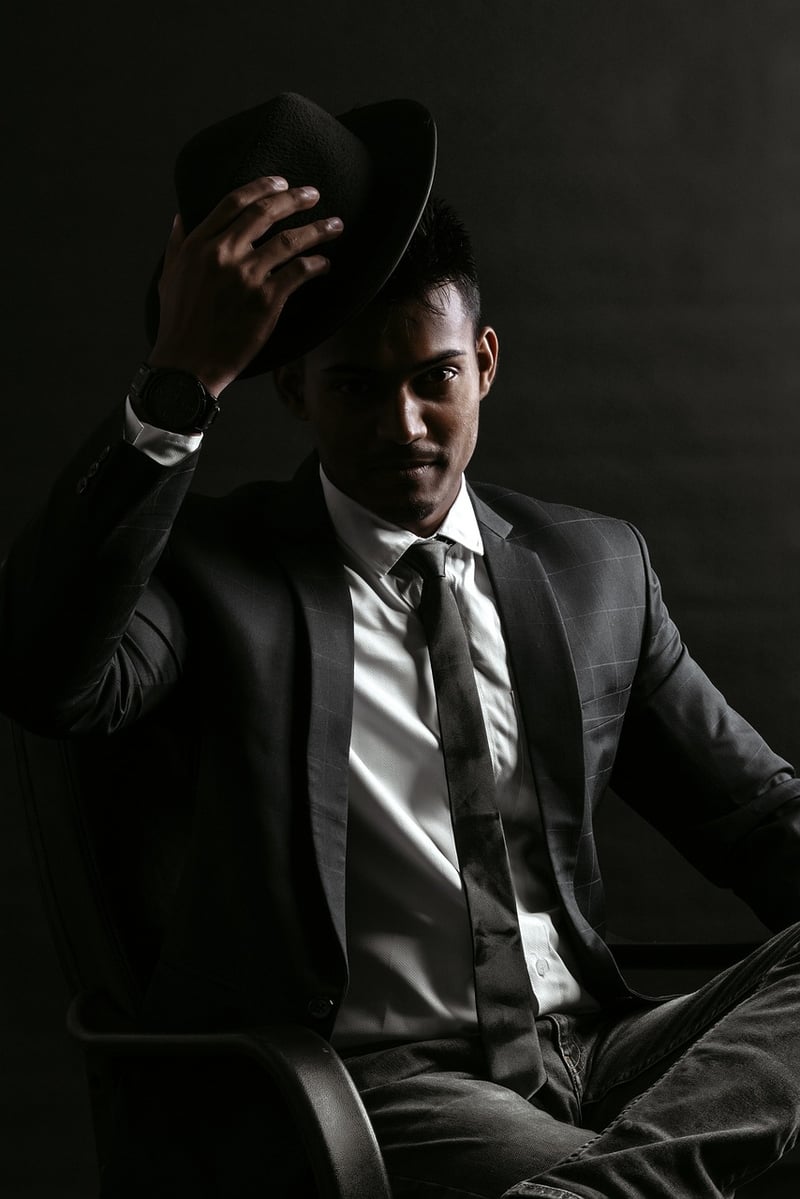Historical Etiquette
The Art of Etiquette: A Guide to Historical Manners
Etiquette, the customary code of polite behavior in society, has evolved over centuries, reflecting the values and norms of different eras. Understanding historical etiquette can provide valuable insights into the social conventions of the past and offer lessons that are still relevant today. Let's delve into the world of historical manners and explore how they can guide us in modern times.
The Victorian Era: Elegance and Decorum
In the Victorian era (1837-1901), etiquette was highly valued as a way to demonstrate one's social standing and refinement. Strict rules governed every aspect of life, from table manners to courtship rituals. For example, gentlemen were expected to rise when a lady entered the room and to never sit before she was seated.

To navigate Victorian society successfully, one had to master the art of conversation, dress appropriately for every occasion, and always show respect towards others, especially those of higher status. Even the language used was carefully chosen to avoid causing offense.
The Roaring Twenties: Jazz Age Glamour
The 1920s marked a shift in societal norms, with the rise of the "flapper" culture challenging traditional etiquette. Women embraced newfound freedoms, such as wearing shorter hemlines and bobbing their hair, while men's fashion became more relaxed.

Despite these changes, etiquette still played a crucial role in social interactions. Hosting elegant parties, sending handwritten thank-you notes, and observing proper introductions remained important markers of sophistication and class.
Modern Etiquette: Navigating the Digital Age
In today's digital age, etiquette has adapted to new forms of communication and social interaction. While the basic principles of respect and consideration remain constant, the rules of engagement have evolved. Proper email etiquette, social media decorum, and online networking skills are now essential in both personal and professional settings.

As we embrace technology and global connectivity, understanding and practicing modern etiquette help us build meaningful relationships, project a positive image, and navigate the complexities of a rapidly changing world.
Conclusion
Etiquette, whether historical or modern, serves as a guide to navigating social interactions with grace and respect. By learning from the customs of the past and adapting them to contemporary contexts, we can cultivate a sense of refinement and consideration in our personal and professional lives.
Let us embrace the timeless wisdom of etiquette and strive to conduct ourselves with poise, courtesy, and thoughtfulness in all our interactions.
